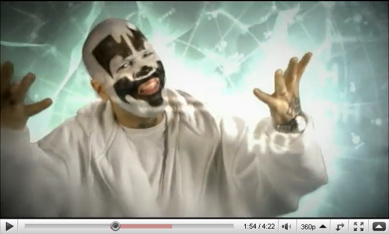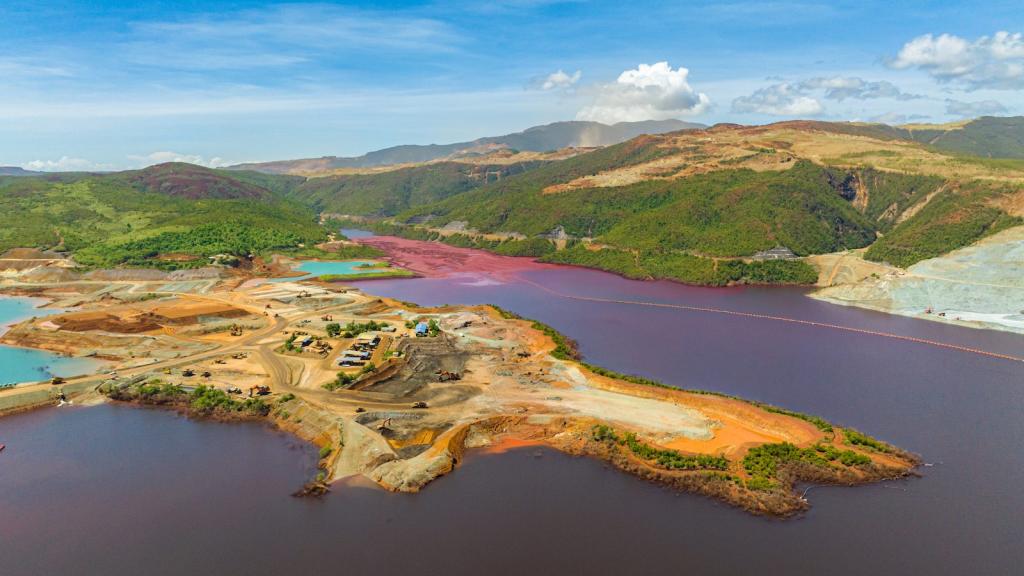At 3:30pm EST today, residents in West Virginia and across the nation will be observing a moment of silence for the fallen coal miners in last week’s Upper Big Branch mine disaster, their families, and the rescue crews.
Everyone in the nation–across the 48 states that burn coal for electricity–should take this moment to consider the sacrifice of coal mining communities and recognize the true cost of coal.
As the first funerals for the worst mining disaster in 40 years took place last weekend in West Virginia, President Obama quoted a fallen coal miner’s mother: “It is just West Virginia. When something bad happens, we come together.” The President added: “‘When something bad happens, we come together.’ Through tragedy and heartache, that’s the spirit that has sustained this community, and this country, for over 200 years.”
Far from an isolated case, last week’s mining tragedy in West Virginia demands more than a President’s prayers or a secret investigative report or closed-door commission hearing.
It’s time for President Obama to break the silence of the growing coalfield crisis, from underground mining disasters to the strip-mining and mountaintop removal disasters, and take immediate and urgent action to end two centuries of regulated manslaughter in the coalfields, and bring coalfield outlaws to justice.
By now, the regulatory machinations that have allowed Massey Energy and other coal companies to shirk their legal obligations to workplace safety have been well-documented. But they are nothing new to coalfield communities–nor is the shameful history of reckless coal mining disasters and regulatory inaction new to the President.
Just last fall, coalfield residents huddled in President Obama’s adopted state of Illinois to recognize the 100th anniversary of the Cherry Mine Disaster, when 259 coal miners (and children) died in an underground fire. Outraged by the lack of inspection and mining safety, legislators in Washington, DC, created the first U.S. Bureau of Mines. But the act lacked any real teeth. The agency was not granted any authority to enforce any of the laws, only promote health and safety. The accidents from coal dust and methane gas, the explosions, the fires–these all continued on an alarming scale as production and poorly run operations boomed.
In 1997, as a young state senator from Chicago, President Obama made his first visit to the southern Illinois coalfields on a golf outing, and first learned about the “Saudi Arabia of coal,” and the heartland’s limitless supply of “clean coal.”
A dirty secret was buried less than a mile away, hundreds of feet below ground: On December 21, 1951, at the New Orient No. 2 coal mine between Benton and West Frankfort, a methane gas explosion had taken the lives of 119 miners this time. With the nation in shock, United Mine Worker leader John L. Lewis expressed the righteous anger of the mining communities across the country: “The mining industry continues to be a mortician’s paradise.”
Less than a year after my own grandfather survived an explosion in a nearby coal mine in southern Illinois, and less than four years since an explosion ripped through the nearby Centralia mine and killed 111 miners in a notoriously unsafe and condemned mine, federal inspectors had found numerous violations at the New Orient # 2 in the summer of 1951. The mine was considered “extremely hazardous.” The inspectors’ main concern was with the buildup of methane gas, inadequate ventilation, and a noticeable lack of rock dusting–the very same issues that have dogged virtually every mine, including the Upper Big Branch mine in West Virginia.
The New Orient # 2 mining accident prompted the Federal Coal Mine Safety Act of 1952, which called for annual inspections in underground coal mines, and charged the Bureau of Mines to issue citations and imminent-danger withdrawal orders. According to the U.S. Department of Labor’s Mine Safety and Health Administration (MSHA), the act also “authorized the assessment of civil penalties against mine operators for noncompliance with withdrawal orders or for refusing to give inspectors access to mine property.”
The penalties, as we saw in last week’s disaster, mean nothing to profit-bound multinational energy companies who place production over safety. Sixty years later, the tragic legacy of our coal miners in southern Illinois remains a bitter testament to historicide–the murder of our history and its lessons, and the removal of our coal miners’ sacrifice from American history.
The abuse of the coal miner has always gone hand in hand with the abuse of the land and coalfield communities.
In truth, the explosion at the violation-ridden Upper Big Branch mine in West Virginia is just the tip of the iceberg of a regulatory coal mining crisis in 24 states—from underground to surface mining–that has led to a largely denied deathtoll for our nation’s miners and coalfield communities. But we must keep in mind: Massey Energy, now being exposed for its track record of operating underground and surface mines in a continual state of violation, is not the only guilty company to flaunt life-threatening regulatory violations and laws.
As Massey CEO Don Blankenship has openly admitted, violations are an accepted practice by virtually all companies–and the regulatory agencies that allow them to continue operation–for an industry that has witnessed the death of over 104,000 Americans and immigrants in accidents and disasters over the last century.
President Obama must not wait for another disaster to validate the crisis of dirty coal today. But as long as coal companies are allowed to maintain a habitual practice of violating mining safety laws and simply paying the fines–as production and profits incre
ase–the President and our federal agencies will have failed our nation’s coal miners and any sense of justice in the coalfields.
According to a “talking points” memo circulated by MSHA this week, “MSHA does not have the authority to permanently close or shut down a mine based upon a set number of violations, or any other criteria.”
This should no longer an acceptable practice for coal miners or any American citizens today.
More so, the scandalous disaster of black lung disease, which still takes the lives of three coal miners daily–10,000 over the last decade–is another reminder of regulatory inaction today. Black lung disease, wrought by the inhalation of coal dust, was diagnosed in 1831, and would be preventable if coal companies followed proper regulations for coal dust.
When Secretary of Labor Hilda Solis and MSHA administrator Joe Main meet with President Obama this week to discuss the West Virginia mine tragedy, the President can either bring this era of bloodshed to an end, and empower MSHA to shut down and prosecute the lawlessness in the coalfields.
He can also begin the hard discussion of a just transition in the coalfields toward clean energy and sustainable economic development, and make a real commitment to clean energy jobs and investments.
Or, he can turn his back on coal miners and their families, and continue our nation’s denial of the deadly costs of coal.
Jeff Biggers is the author of Reckoning at Eagle Creek: The Secret Legacy of Coal in the Heartland.


